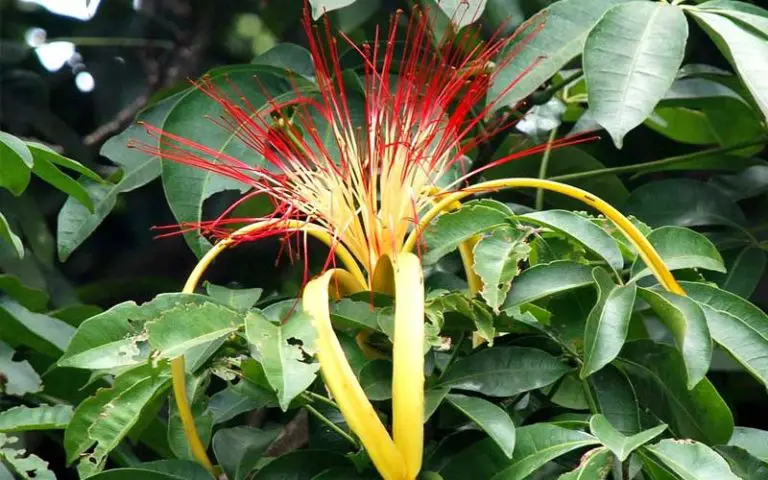How to Choose a Money Tree Bonsai

There are many markets that sell this gorgeous species, as it’s incredibly popular. However, what methods should you use to choose a Money Tree bonsai? This guide will give you a few short tips that are relevant to the decision-making process.
Details of the Money Tree
The Pachira Aquatica, or the Water Chestnut, Malabar Chestnut, or Money Tree as it’s commonly known, is believed to attract prosperity and good fortune. This tree is native to the swamps of Central and South America and requires warm tropical climates if grown outdoors. When in its natural environment, the Money Tree can grow up to 60 feet tall. However, if the plant is kept indoors, it will only grow to a maximum of 6 feet.
Other plants, such as the Crassula Ovata or Jade Plant, are also commonly known as money plants, but these must not be confused with the Money Tree. The Money Tree is often sold by this name due to its symbolic meaning of good fortune carried by the plant.
The Money Tree has shiny green leaves that are palmate and lance-shaped, up to nine leaflets or fingers form one leaf, and they grow up to eleven inches long. Adult trees develop greenish-yellow- or cream-colored flowers with many long red-tipped stamens.
These flowers develop into long brown woody fruits that look like coconuts and contain seeds. The seeds are edible. The young trees have green and pliable trunks that are often braided together to form one plant. Mature trees have hardened trunks that are brown and woody.
A Money Tree bonsai is a miniature tree with many intertwining trunks. They are easy to grow indoors and grow to about one to two feet tall. This is a good bonsai for beginners and does require pruning and shaping to maintain the braided shape.

How to Choose a Money Tree Bonsai
Now that you know a bit more about this beautiful species, let’s show you how to select a Money Tree bonsai. There are a few factors you need to consider, so buckle your seat belts as we take you on this exciting adventure.
Trunk
A mature tree will have a brown to grey trunk that is woody and slightly swollen at the base. The trunk serves as a water reservoir. Choose a Money Tree bonsai with a looser braiding pattern with even spaces between the branches but not huge gaps. As a tree matures, the trunk thickens, and if the braid is too tight, the trunks crush each other, causing ultimate strangulation and death.
The number eight is a very auspicious number in Feng Shui, and selecting a Money Tree with eight trees in the braid is believed to bring additional prosperity. However, even though it grows slowly, the lifespan of an eight-stemmed tree will be reduced as the stems will start crushing each other eventually.
Pruning
There are telltale signs if a tree has been trained or cultivated to a Bonsai or not. Bonsai Money Trees should not grow over twelve inches tall. It needs to be pruned to achieve balance and an aesthetically pleasing look. All branches have to be removed except at the crown to avoid the tree looking leggy with long spindly stems.
Crown growth closer to the trunk needs to be encouraged. Cuts made should be healed and have new growth to indicate that they were done with precision and at the correct time. Cuts should have been made just above the node at a 45-degree angle to ensure that the tree retains its shape. The tree should have been trimmed at the end of each growing season.
No brown or yellow branches or leaves should be present, and buds must be pinched back.
Pot Selection
Selecting the correct pot is the foundation of keeping a Money Tree bonsai the size you desire. Choosing a large pot will result in an ongoing struggle to keep it small. Smaller shallow pots limit the root system of the tree, and the less space the tree has to spread its roots, the smaller it will remain.
You will need to trim the roots every two to three years to prevent the tree from becoming rooted.
Roots
The Money Tree Bonsai you choose needs to have had its roots trimmed and not have roots hanging out the bottom of the pot and bulging through the soil surface. Around one-third of the outside of the root ball can be cut away during root trimming.

Final Thoughts
The Money Tree grows slowly, and this makes them prime candidates for bonsais. The long stems and large leaves can pose a challenge, but with the correct trimming, you can have a very exquisite bonsai tree indeed.






